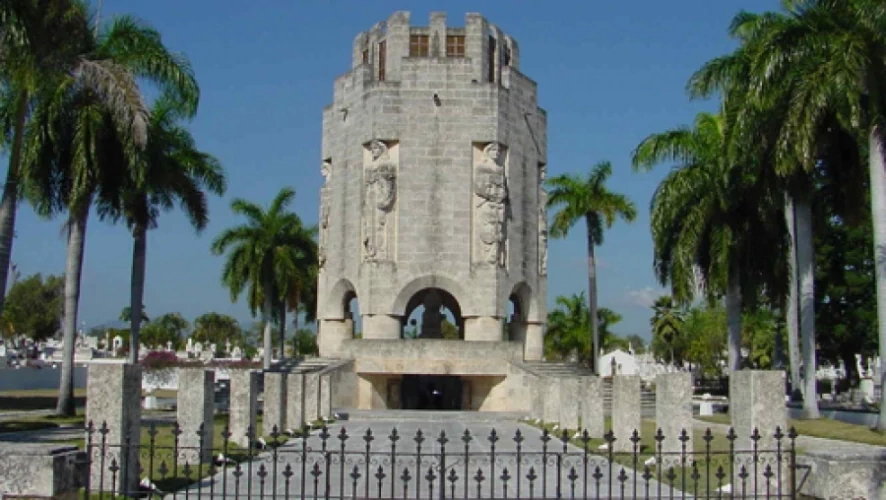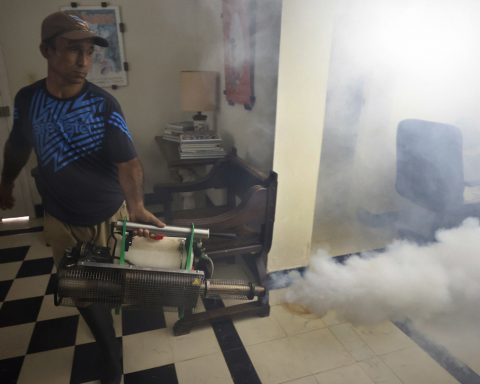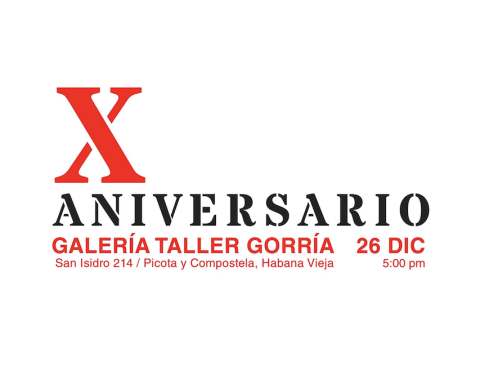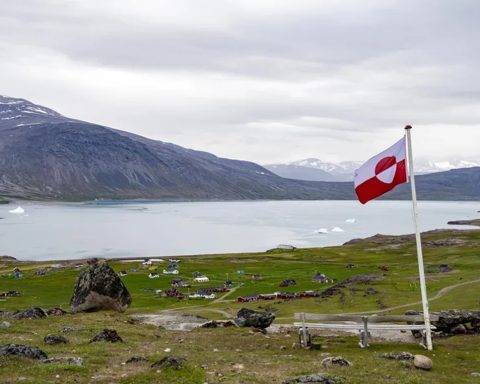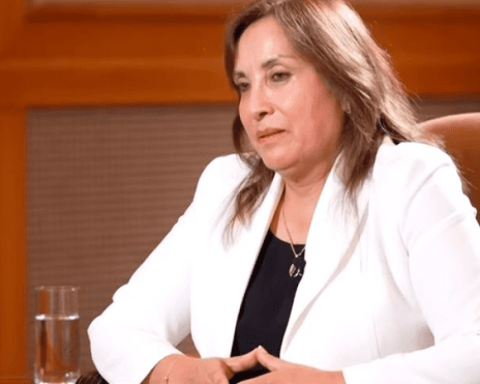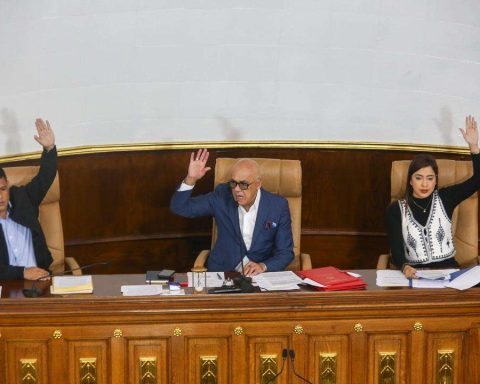MIAMI, United States. — In April 1868, the first burials took place in the Santa Ifigenia Cemetery (Santiago de Cuba), which had been inaugurated in February of that same year.
The cemetery was named Santa Iphigenia in honor of the Ethiopian virgin of the same name baptized by the Apostle Saint Matthew.
The Santa Ifigenia Cemetery is located to the west of the city of Santiago de Cuba and is the second most important on the Island behind the Christopher Columbus Necropolis in Havana.
Declared a National Monument in 1937, a condition ratified by the late dictator Fidel Castro —whose remains also rest there— in 1973, it is one of the most important cemeteries in Cuba, as it houses the tombs of prominent and historical figures in the country.
In Santa Ifigenia rest heroes of independence such as José Martí, Carlos Manuel de Céspedes, Mariana Grajales, José Maceo and Tomás Estrada Palma, as well as the remains of illustrious Cubans such as José María Heredia, Emilio Bacardí Moreau, Miguel Matamoros and Francisco Repilado (Compay Second).
One of the places of worship in the cemetery is precisely the Mausoleum of José Martí. There are his ashes, which rest on a handful of land from each country in America.
The Mausoleum was conceived in a hexagonal shape and on each of its sides a window lets the sun pass, which illuminates the tomb of the Apostle throughout the day.
The tomb of José Martí, one of the most visited in the cemetery, is guarded by young recruits from the Active Military Service (mandatory), who perform the changing of the guard every half hour.
Santa Ifigenia is known not only for its “illustrious dead”, but also for its impressive collection of funerary monuments and marble and bronze sculptures.
